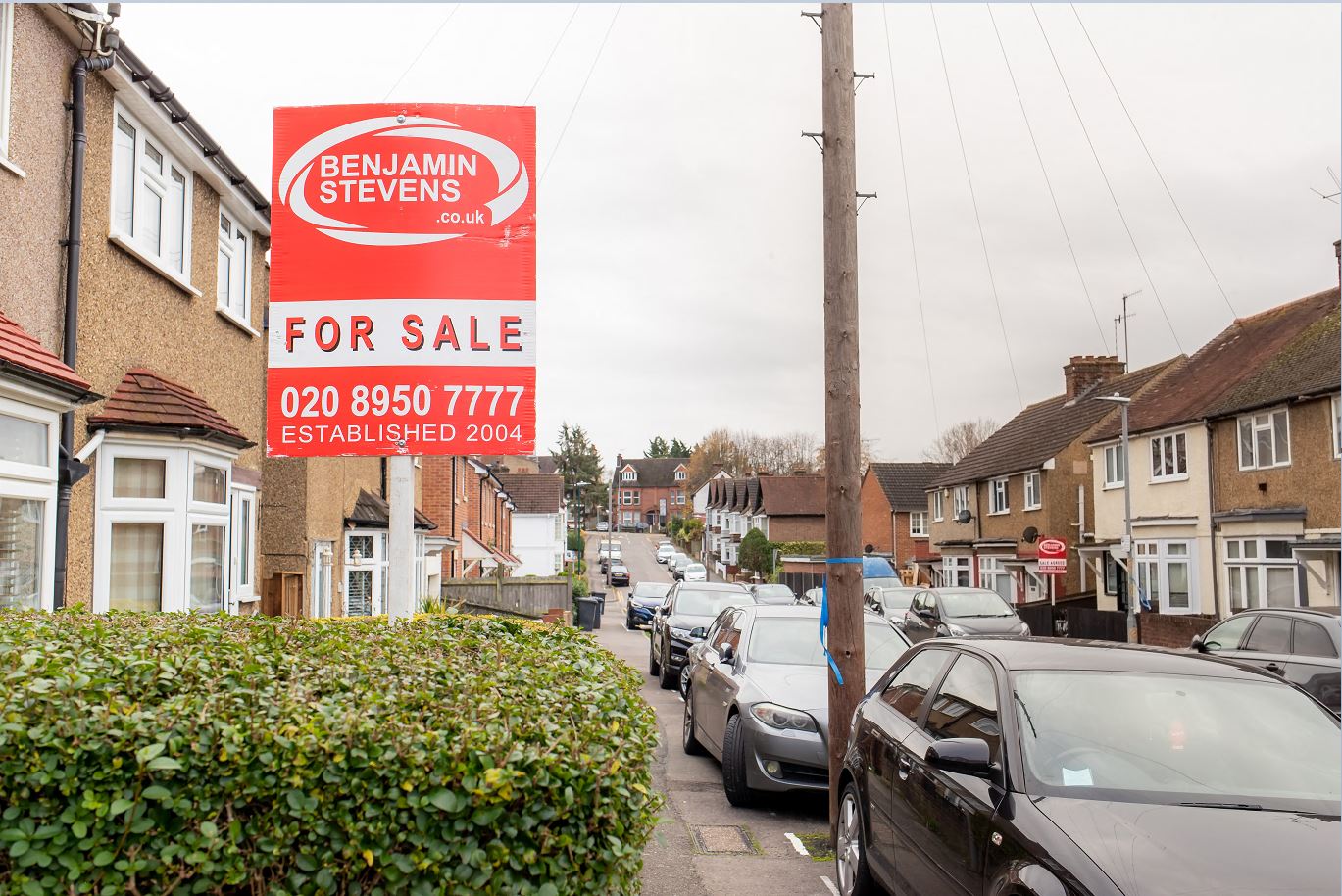Life almost seems back to normal at the moment so it was slightly surprised the other week to be reminded that the furlough scheme is still in operation. As of the end of June according to Treasury figures some 1.9 million people were still furloughed.
There is no doubt that when the scheme came into place it helped saved millions of works and business. I should know, I was one of the many people placed onto furlough and I am extremely grateful to still have a job today. But as the wind down of the Coronavirus Job Retention Scheme signals an end to one of the largest financial support schemes for employees, including tenants, the lettings industry is asking what happens next?
Calls for tenant support have come thick and fast since the first lockdown. ARLA Propertymark's "Keep the rent flowing" campaign was launched in 2020 and aimed to garner government support for tenants based on the fact that any shortfall in income at one point in the private rental sector chain - tenant to landlord to agent - can cause disruption across the whole lettings ecosystem.
Multiple extensions to the furlough scheme have helped plug the gap, but even with this scheme in place, rent arrears appear to be creeping up - opening the floor to questions around what the end of furlough will leave in its wake.
The National Residential Landlords Association (NRLA) found at the end of 2020 that seven percent of the tenants they surveyed had built up arrears due to Covid-19, Rates of arrears across all tenures were estimated to be “at least twice the level of arrears observed going into the crisis” by January 2021 - and 6% of private renters have seen a dip in their earnings due to furlough.
The furlough scheme doesn't stand alone in supporting tenants, although the financial measures that the devolved governments have put in place differ across Great Britain.
Wales and Scotland both set up loan schemes to help alleviate the pressure on tenants to pay their rent and for their landlords to keep receiving their income. Since October 2020, the Tenancy Saver Loan Scheme has helped Welsh renters with no housing benefits or Universal Credit housing payments but with more than two months of arrears built up between March 2020 and the end of June. Scottish tenants can apply through a Tenant Hardship Loan Fund, set up in December 2020, for support to cover up to nine months of debt and help them avoid eviction.
Now, both nations have announced £10 million grants to support tenants. In Wales, the Tenancy Hardship Grant has replaced the loan scheme, with all existing loans converting to a grant, and the Scottish equivalent will be available later in the year.
Unfortunately, the same cannot be said for England who remains conspicuous in its lack of similar funding. England has in place the Debt Respite Scheme, to support tenants to find time to pay off their debts through a "breathing space". They ere is also Universal Credit but sadly as I write this there is no other official grant or loan scheme that has been set up to rival those in its fellow British nations. Which means that only time will tell whether this "breathing space" and the pre-existing system will be enough when the furlough scheme ends at the end of September.
At Benjamin Stevens will keep you updated with any new developments in this area.
If you need some advice on this or any other areas surrounding renting or lettings then feel free to get in touch today on 020 8958 1118


 By
By 



Share this with
Email
Facebook
Messenger
Twitter
Pinterest
LinkedIn
Copy this link